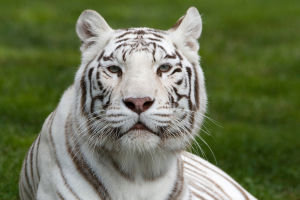Sea Anemone
Sea anemones are often mistaken for plants due to their beautiful, flower-like appearance. However, they are actually animals that belong to the phylum Cnidaria. They are found in a variety of habitats, including shallow seas, coastal puddles, crevices, and ocean abysses.
Sea anemones have a central mouth surrounded by soft, petal-like tentacles that stretch out to capture prey. They are predators that use stinging cells on their tentacles to paralyze small animals such as fish and shrimp, which they then pull into their mouths to eat.
Although sea anemones do not have a central nervous system or skeleton, they do have some characteristics that are similar to plants. For example, evolutionary biologists believe that the sea anemone genome contains elements similar to those of fruit flies and other animals, suggesting that this type of gene regulation existed some 600 million years ago.
Sea anemones reproduce both asexually and sexually. Asexual reproduction is more common and typically occurs through ontogenetic separation or basal fission. Sexual reproduction involves the release of sperm and eggs by males and females, which then combine to form sea anemone larvae. However, baby anemones have yet to be born under non-laboratory conditions.
It is important to note that sea anemones are not suitable for human consumption.
In addition to their unique biology, sea anemones also play an important role in marine ecosystems. They provide a habitat for a variety of other organisms, such as fish and crustaceans, and are also a food source for larger animals like sea stars and fish.
They are also known for their symbiotic relationships with certain species of fish, such as the clownfish, which provides protection for the anemone and is able to avoid the stinging cells on its tentacles.
Sea anemones are also popular in aquariums and are often kept as pets by marine enthusiasts. They are relatively easy to care for and can be kept in a variety of different setups, including reef tanks and nano tanks.
However, it is important to research the specific species of sea anemone you are interested in keeping, as some are more sensitive and require specific conditions to thrive.
Overall, sea anemones are fascinating creatures that are not only beautiful to look at but also play an important role in marine ecosystems. They are not plants but animals that should be respected for their unique biology and behavior.


